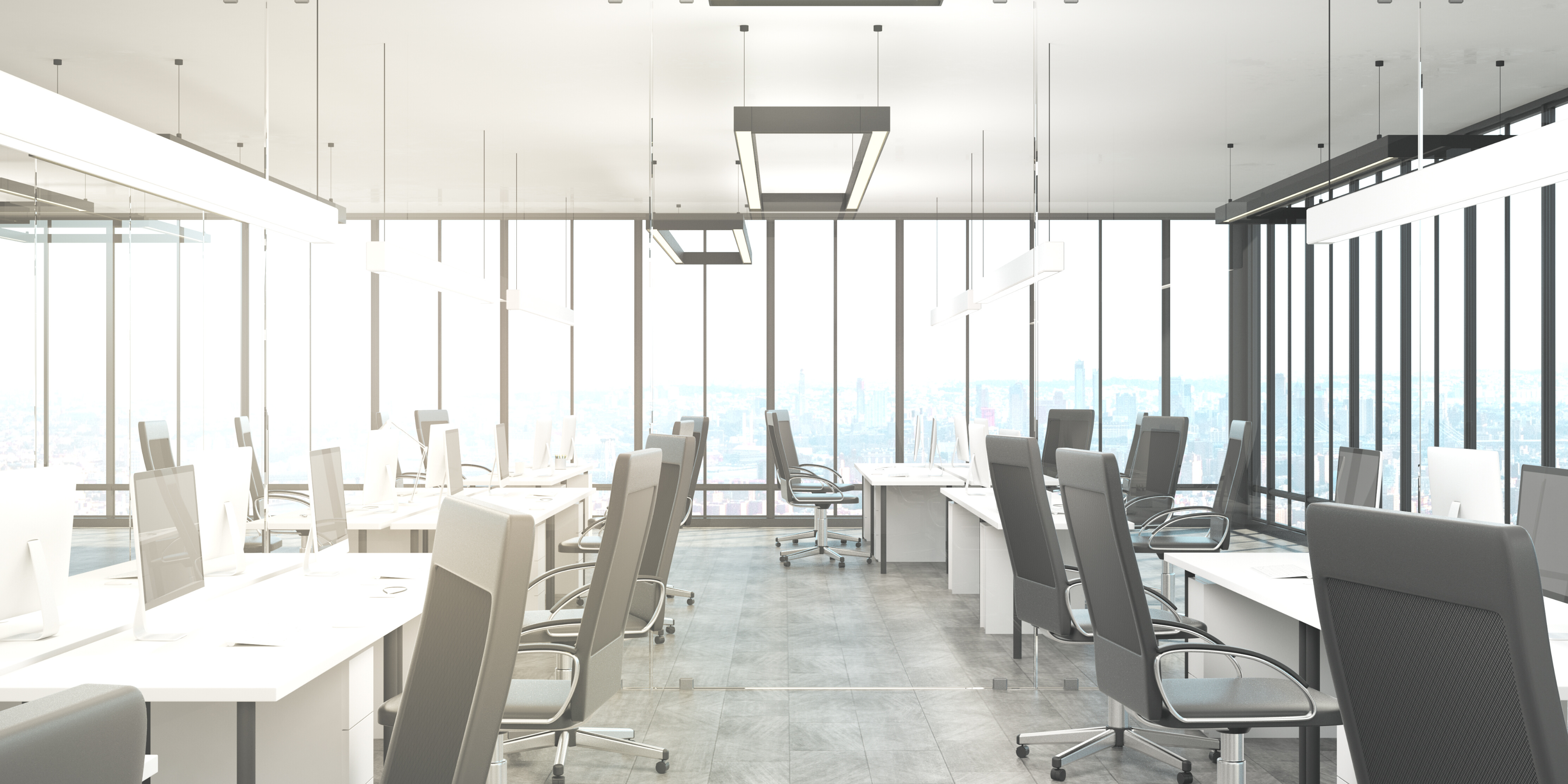
With the return to work and COVID-19 still a prevalent conversation topic amongst many employees, employers may need to revisit their office cleaning schedules and checklists. Some office areas may have only been cleaned weekly or monthly in the past. However, the risk of losing employees to sick days is an immense threat for employers. This risk is heightened when deadlines and business reputation are considered.
To improve office safety, protect the integrity of a building and reduce the chances of employees falling ill, employers and staff must execute strict sanitisation protocols. The following blog will investigate how often office building cleaning should take place and which tools can ensure infection control procedures are maximised.
Computer mice and office equipment
The most frequently touched equipment in an office is that required to complete the day’s work. This includes but isn’t limited to computer mice, keyboards, printers, scanners, copiers and shared office phones. They are often the pieces of equipment an employee spends the most time touching throughout the day. This means that if they have infectious bacteria from airborne, droplet, vectors, and vehicular transmissions, they are the most likely to cause infection in an employee.
For this reason, this equipment and any other surfaces touched daily, such as door handles and handrails, should be sanitised at the end of each day. Supplying each employee with the sanitiser of your choice and Hygen Launderable Microfibre Cloths can ensure all pathogens are picked up and not left to grow overnight when the office is unattended. It also gives them a duty of care for their health and safety and subconsciously makes them more likely to promote a clean workspace.
Providing employees with training on how to best clean equipment will also supply them with an understanding of why daily sanitisation is so important. Rubbermaid Commercial Products has a wide range of training programs and apps to help employees get started. 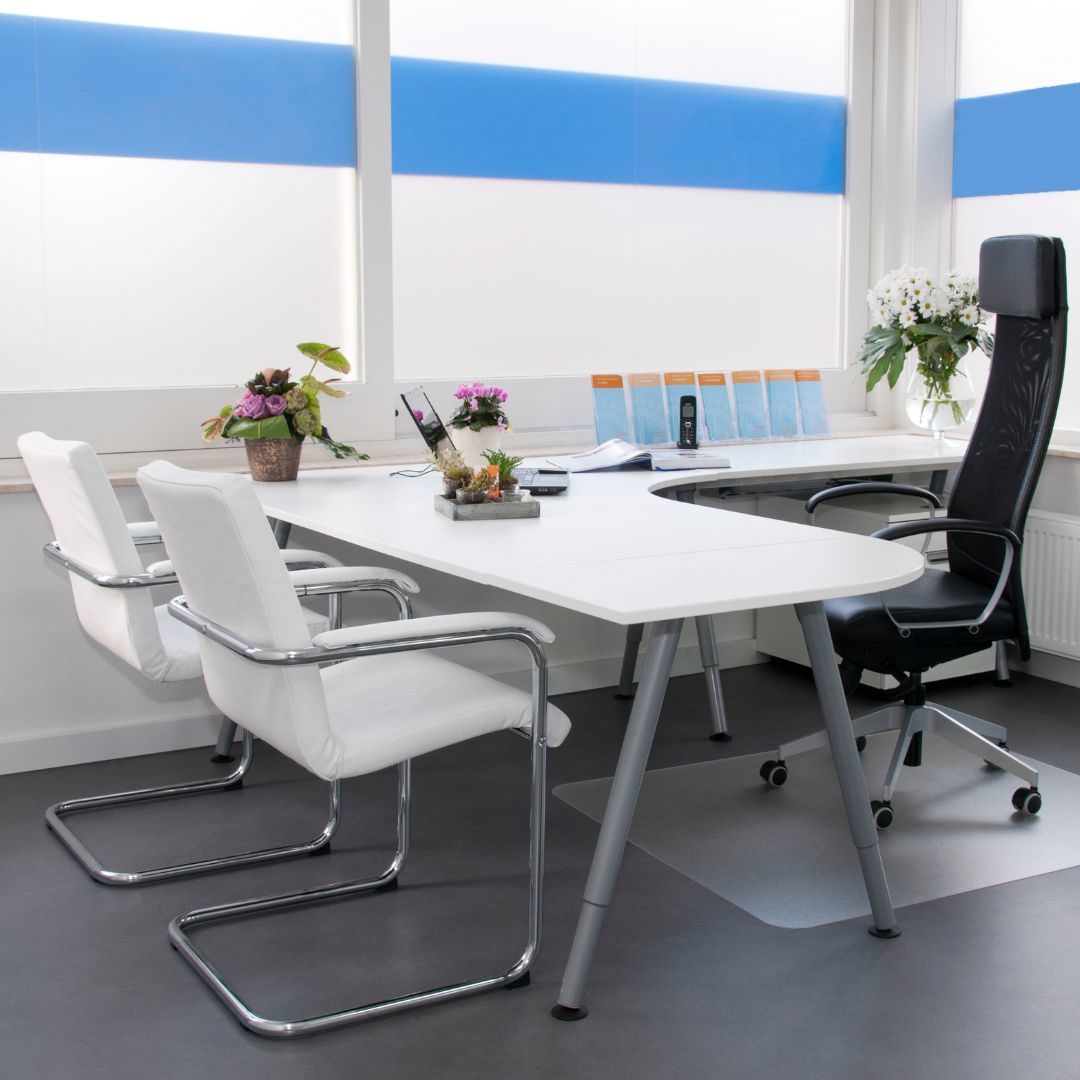
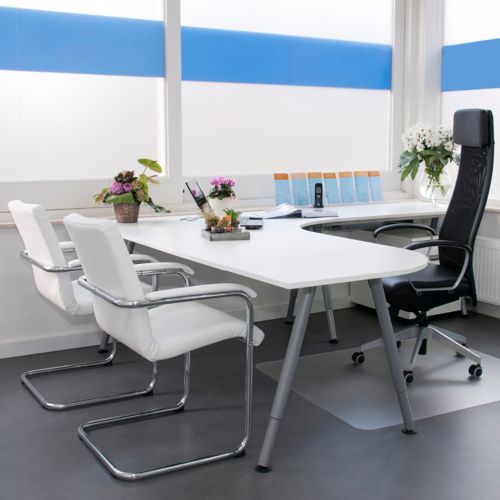
Desks, lunch tables and other surfaces
Other office surfaces, such as tables and chairs, are the next point of contact for staff. They may find they have less direct contact with these surfaces, but still touch them often throughout their working day. This is especially true if workspace resources are kept in shared cupboards and drawers.
Surfaces employees use daily should also be sanitised when office equipment is wiped. Those surfaces, such as conference room tables or unoccupied desks, which may not be used as frequently, should be sanitised each week at a minimum. Though, it is a good habit to encourage employees to clean them after each use to improve internal infection-control protocols.
Staff should use the same cleaning method as they do when cleaning their equipment. It is essential all launderable microfibre is washed twice weekly or when soiled. Rubbermaid Commercial recommends this cleaning is tasked to a professional service to guarantee cloths receive the best clean possible.
Some employees may avoid cleaning specific areas due to inaccessibility. Rubbermaid Commercial has simplified this process. Any difficult-to-reach surfaces, including cupboards, above the office fridge, or large conference tables, can still be cleaned using the protocols given in the training modules. The Rubbermaid Commercial Products team provides a range of HYGEN Equipment, including the HYGEN™ 50.8 - 101.6CM Quick-Connect Extension Handle, to guarantee every crevice of the office is reachable.
Bathroom and Kitchen Facilities
Bathroom and kitchen facilities may not be accessed by every employee. But they are where bacteria grow the fastest. Regardless of the number of employees, cleaning these rooms at the end of each workday promotes positive infection control as a minimum. Quick inspections and quick refreshes should be done throughout the day as an additional measure especially when the premises have high occupancy rates.
Unlike the office, which is usually carpeted, these rooms are often tiled or use lino-type materials. Using HYGEN Disposable mopheads can guarantee that any infectious bacteria, which could have come from faeces or handwashing, is removed from the floor and disposed of appropriately. Managers must remember to use separate mop heads in kitchen and bathroom environments. While the Rubbermaid HYGEN Microfibre is optimised to remove pathogens rather than spread them, using different mop heads can alleviate the risk of cross-contamination altogether.
Mopping is recommended once daily. However, if floors are visibly soiled or contaminated, they should be cleaned immediately to avoid the risk of bacteria rapidly spreading throughout the premises.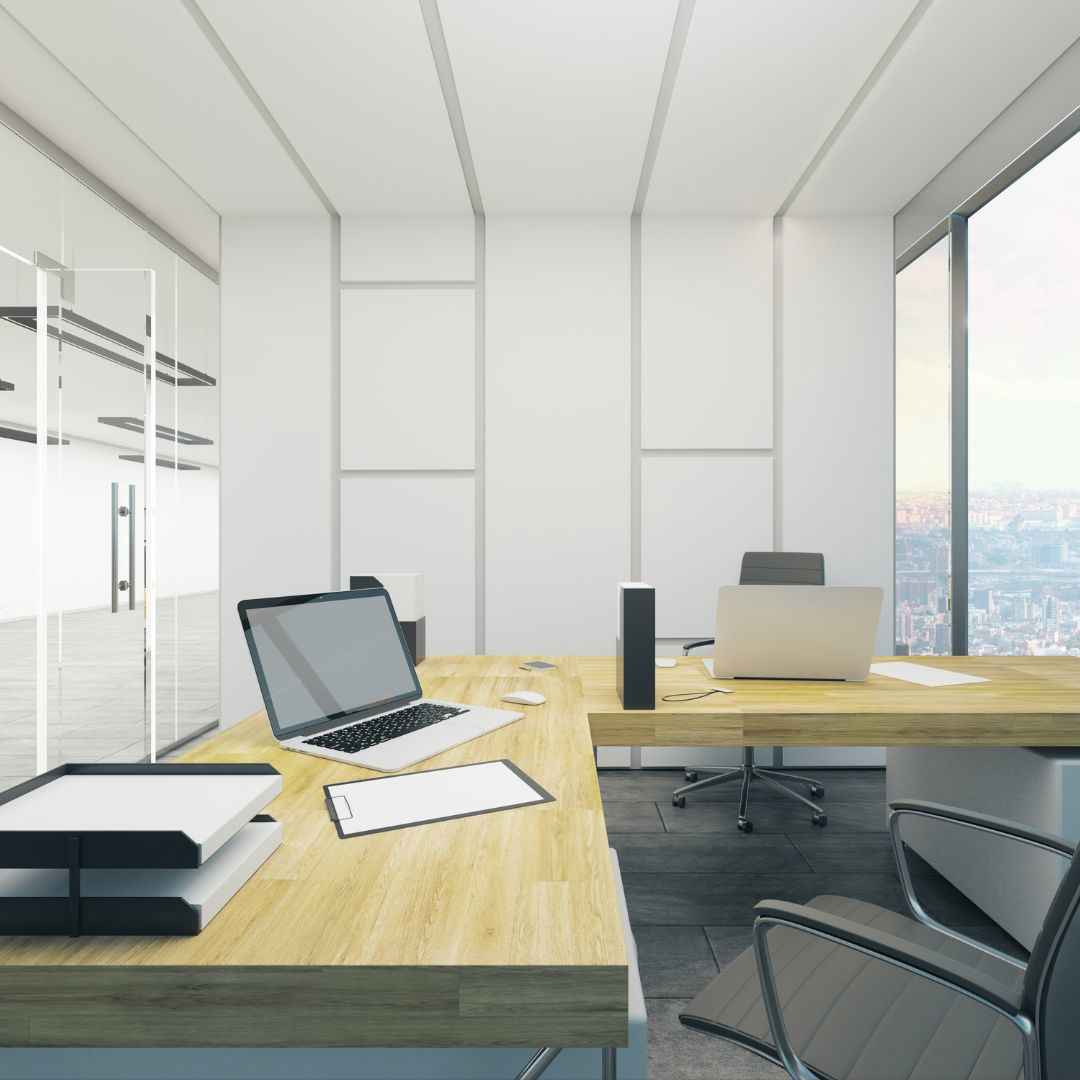
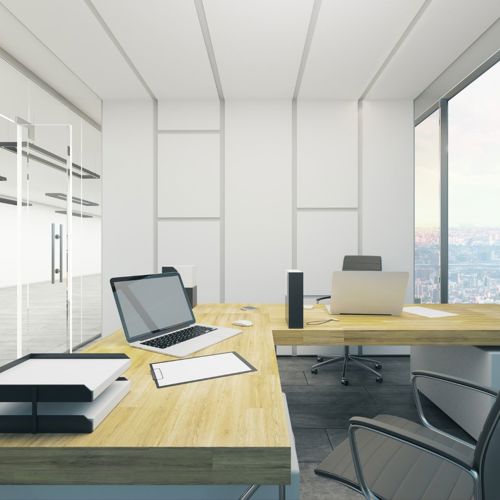
Remember, every office building is different
The general cleaning protocols provided in this blog are a great guide for office owners and managers looking to take better control over their premises. However, it’s important to remember that every offer differs from one another. For example, some offices may only accommodate five employees, while others may occupy hundreds.
To promote infection control at all times, it’s essential building managers and employees use discretion and actively work to clean soiled environments. Where cleaning is required outside of scheduled cycles, employees should be encouraged to take initiative.
Rubbermaid Commercial is passionate about controlling infection in office buildings
Rubbermaid Commercial utilises the best cleaning and infection control innovations to ensure businesses in all industries remain as safe and hygienic as possible. If you are looking for solutions, which can benefit your property, the team is always available to provide recommendations on the best solutions. Contact them today to find out more.